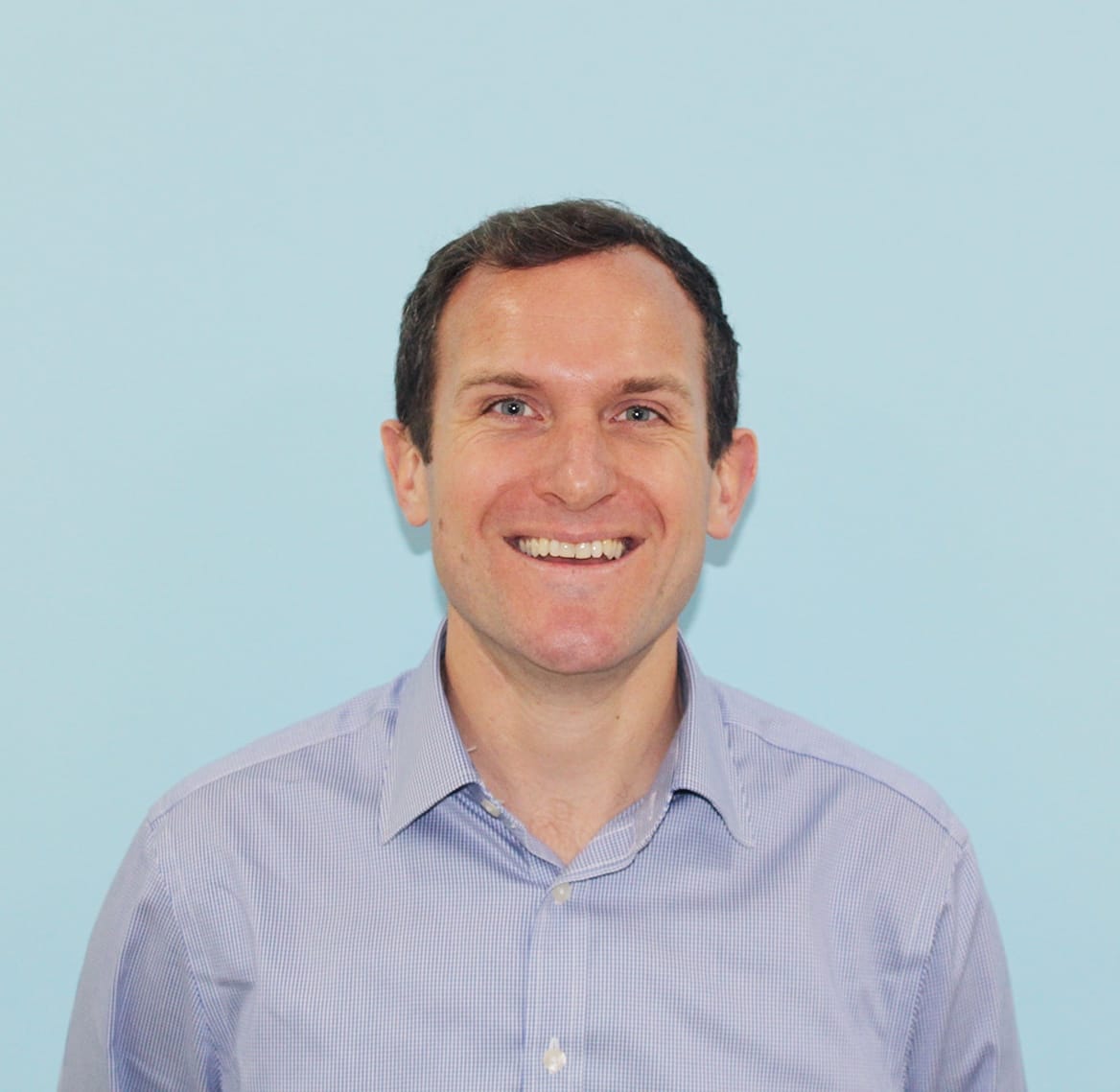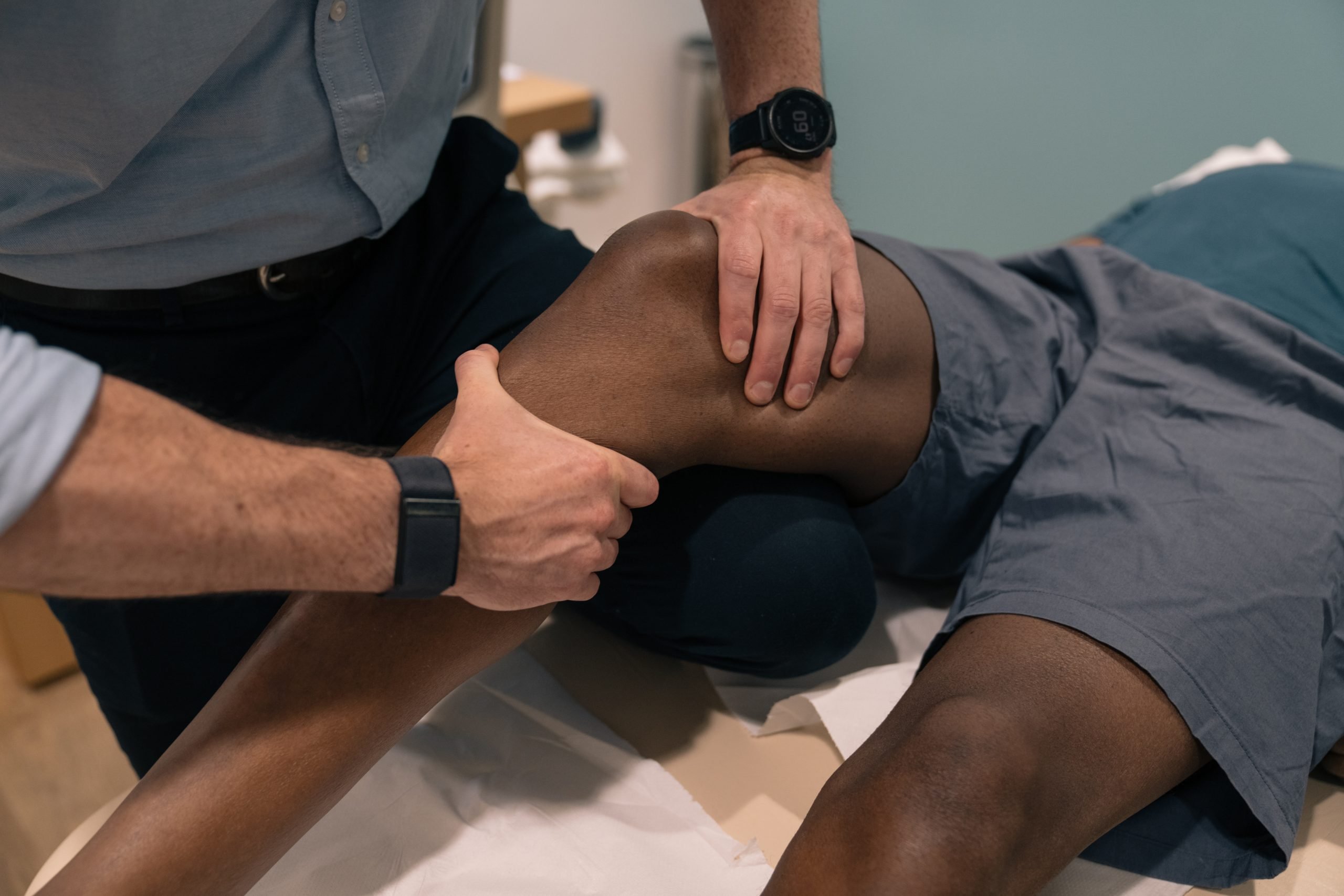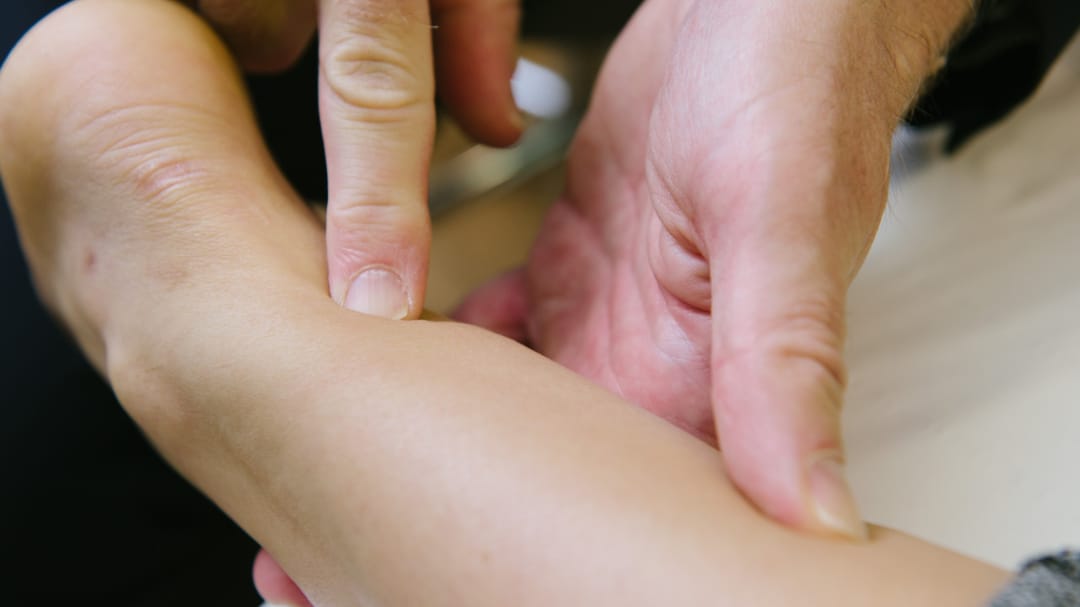The International Patellofemoral Pain (PFP) Research Retreat

Dr Simon Lack
Advanced Physiotherapy Practitioner & Head of Research
- 27 July, 2017
- Podiatry
- Pain Management
- 4 min read
The International Patellofemoral Pain (PFP) Research Retreat
Recently, I was fortunate enough to travel all the way to the Gold Coast of Australia with my colleague Dr. Simon Lack in tow, to attend the International Patellofemoral Pain (PFP) Research Retreat. Simon and I have had the pleasure of being a part of this collaborative research group since 2013, which meets once every two years to discuss all things about the patella kneecap!
Both Simon and I presented two abstracts at the conference, formed primarily of work completed as part of our PhD studies. These trips are great for catching up with friends and colleagues from all over the world, but are also a great opportunity to stay abreast of the very latest research.
Day one started with a great keynote speech from Professor Richard Souza on imaging for the patellofemoral joint. The salient conclusion from this was that imaging remains a strong research tool, but we should not hang our hats on it too much in clinical practice. However, there is a growing body of work suggesting that certain imaging features may well be associated with symptoms in patellofemoral joint osteoarthritis, so watch this space as things develop further here. Prof. Souza also made the very valid point that for the diagnosis of patellofemoral pain, we may simply be looking for the wrong things on a patient scan, which could explain the apparent lack of correlation between imaging and pain. My take is that imaging may help to guide treatment in a patient who fails to respond to rehabilitation, but we should not be too quick to image those without the presence of concerning symptoms.
We then moved on to the epidemiology of PFP, where Dr. Michael Rathleff and his group reminded us just how common PFP is in adolescents (50% of adolescents with PFP still have symptoms as they reach early adulthood). Reports within physical examination include a dull aching or sharp pain around the knee. Even more worryingly, in the Netherlands, just 50% of adolescents who present to their GP with PFP are referred for Physiotherapy. It was within this session that I presented my first abstract of the conference, a systematic review of risk factors for PFP that we are completing with some close colleagues from Erasmus University in Rotterdam. To wet your whistles ahead of this (hopefully) imminent paper, risk factors vary by subgroup!
We then had two sessions on muscle function in PFP, where Simon presented the first of his abstracts, this one a small study comparing EMG of the gluteal muscles in participants with PFP during common rehabilitation exercises. There were some interesting studies on quadriceps inhibition in acute PFP, as well as a very interesting study looking at the correlation between fear avoidance behaviour and muscle function (high fear avoidance = lower muscle strength). Day one finished with some drinks & a buffet in the conference hotel bar. All work and no play makes Brad & Simon dull boys!
Day two commenced with another excellent keynote lecture, this time from Associate Professor Thor Besier on musculoskeletal modelling in PFP research. The technology involved in this area is complex and not yet clinically available, but it was great to see just how much researchers in this area have their eye on clinical practice and also how close some elements of the technology are to being clinically viable. In just a few years, we may be imaging our patients in a completely different way …
Abstracts on day two were focused almost solely on treatment for PFP, which I suspect most people are primarily interested in. Simon presented the results of his recent feasibility trial on tailored versus untailored treatment in PFP, the final project from his recently completed PhD. Overall, physical activities and exercise remain the cornerstone of gold standard PFP management, but there were also some great presentations on orthoses, running retraining and exercise compliance. Our close friend and colleague, Dr. Christian Barton, finished this session by delivering some of his recent work on knowledge translation in medical research, which partly spurred me to write this summary blog. Day two finished nicely and early to allow us all to hit the beach and kick a “footy” around before heading to the customary conference dinner. Nothing too crazy, day three started bright and early at 8am!
At the start of day three, there was an entire session of abstracts dedicated to psychology and pain, which is a reflection of just how progressive the group is, and it was very refreshing to see everyone engaging so thoroughly in this topic, even the biomechanists! Following that, it was on to consensus. This is in equal parts stimulating and fatiguing, where we decide upon what information we should disseminate to the wider world post-conference and how strong we can be in our suggestions. The consensus papers will be published in BJSM in the near future, and you can read the 2015 consensus papers here if you wish to compare the two: http://bjsm.bmj.com/content/50…
Overall, the conference was a fantastic 3 days of science dedicated to the little sesamoid bone at the front of the knee and anterior knee pain, and I return refreshed and full of energy to use all the new information in my brain to help me manage my patients better and design more relevant studies to help us understand all facets of the condition better. The 2019 retreat will be held in Chicago/Milwaukee in the USA, and if this has lit a fire under any of you, I hope to see you there!


Advice
Over the last 20+ years our experts have helped more than 100,000 patients, but we don’t stop there. We also like to share our knowledge and insight to help people lead healthier lives, and here you will find our extensive library of advice on a variety of topics to help you do the same.
OUR ADVICE HUBS See all Advice Hubs

